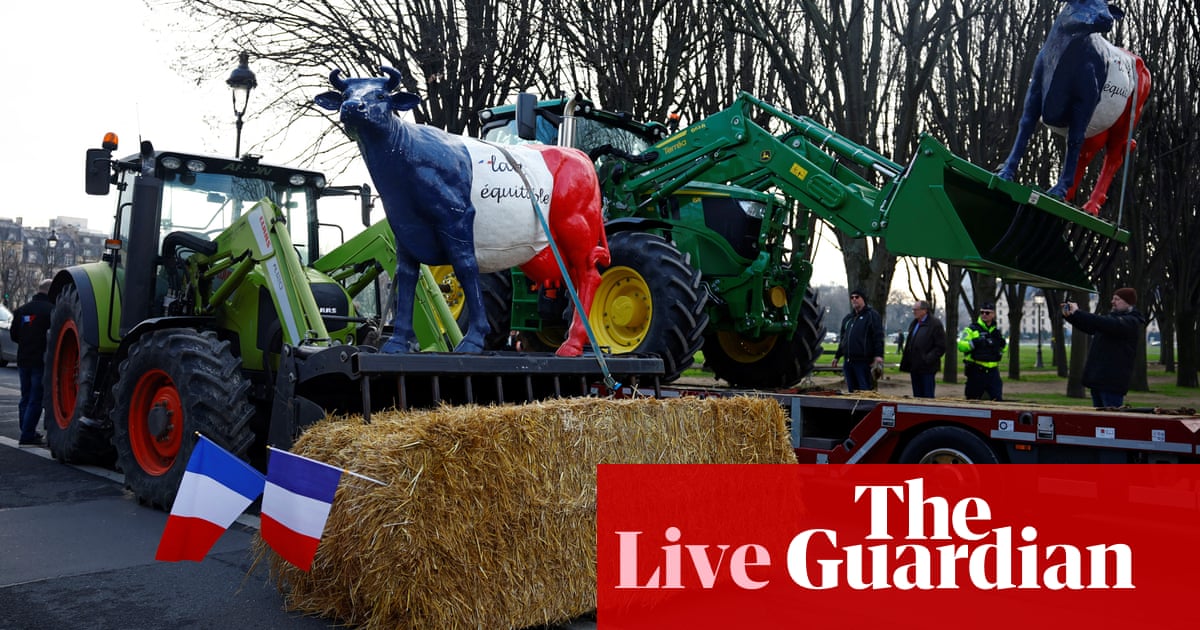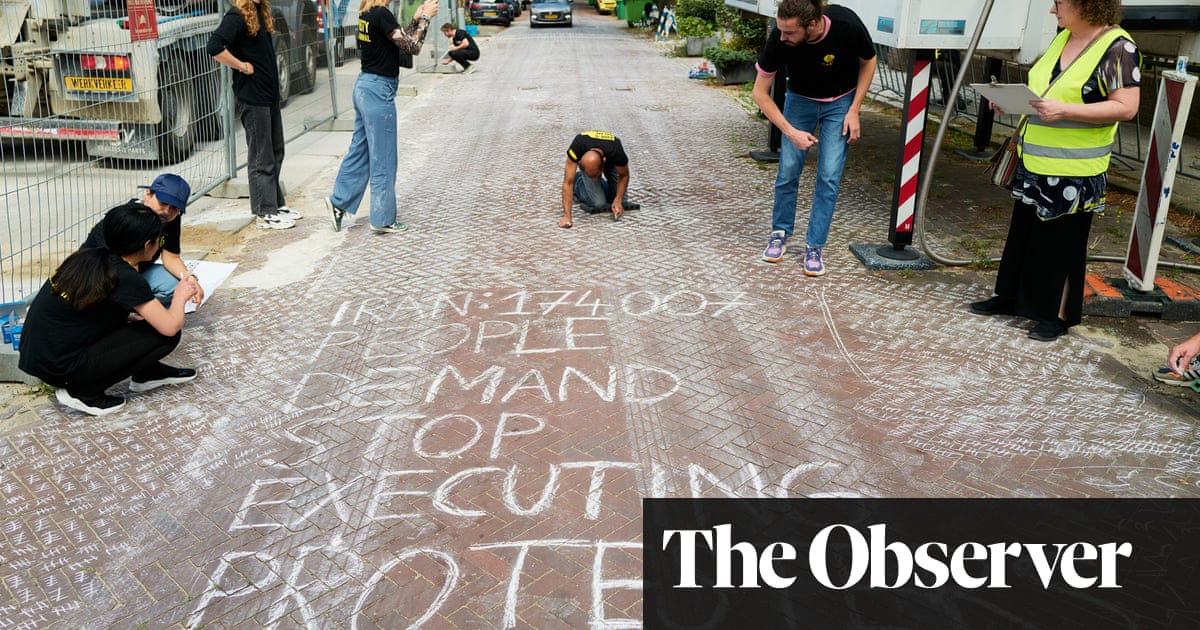
More than 500 people have been killed in nationwide protests in Iran
About one-fifth of death toll was from Iranian province bordering Pakistan
QUETTA: The ongoing anti-government protests and deadly crackdown against demonstrators in Iran have sparked fears among Baloch communities living in southwestern Pakistan, who say the safety of their families across the border is at risk.
Protests in Iran began in September following the death of 22-year-old Mahsa Amini while in the custody of the country’s morality police, after she was detained for not wearing her headscarf properly.
Amini’s death sparked demonstrations that have since expanded beyond women’s rights and spread to all of Iran’s 31 provinces — the largest manifestation of dissent in over a decade — despite a violent response from the government.
In Taftan, a Pakistani city in Balochistan province about 90 km from Iran’s Zahedan, the Baloch people fear for the safety of their families across the border.
“Majority of Baloch tribes at the Pakistani side of the border have family relations in Iran,” Asif Burhanzai, who has been running a wholesale business in Taftan for five years, told Arab News.
Livelihoods may also be at risk for the Baloch communities in Taftan. Burhanzai usually traveled regularly to Zahedan for business, but that changed since the protests began.
“I used to stay in Iran for more than 15 days, but after the nationwide protests my family members are worried because of my travel and they are afraid that the situation might turn violent,” Burhanzai said.
“Many people in Pakistan are now reluctant to send their family members to Iran for livelihoods and business purposes since the Iranian cities are in the grip of protests.”
When Iranian security forces opened fire on protesters in Zahedan on Sept. 30, reportedly killing at least 66 people in what is now known in Iran as “Bloody Friday,” Burhanzai was among those who struggled to reach his family members living in the capital of Iran’s Sistan and Baluchistan province.
Burhanzai only managed to confirm their safety in the evening due to an internet blackout, and he said there have been “imminent threats of clashes between the masses and Iranian security forces” since then.
More than 500 protesters have been killed as of Dec. 18, according to the Human Rights Activist News Agency, or HRANA, while over 100 people have reportedly been killed in Sistan and Baluchistan alone.
“People at the Pakistani sides of the border have sympathies with the Baloch tribes protesting in Iran and they discuss and denounce the crackdown against the Iranian Balochs,” Akbtar Notezai, a journalist with DAWN newspaper, told Arab News.
“The Baloch tribes living along the Pakistani-Iranian border are very much dependent on their business activities in Iran because there are meager opportunities for the tribesmen in Pakistan’s bordering districts,” he added.
As the protests entered their fourth month, some Baloch people in Taftan say they have not been able to contact their family members in Zahedan.
“We haven’t had contact with them for the past few weeks and we always pray for their safety,” Rehmatullah Notezai, whose aunt lives in the regional capital with her sons, told Arab News.
“We are worried for our relatives in Iran and are completely oblivious of what conditions they are living in.”












